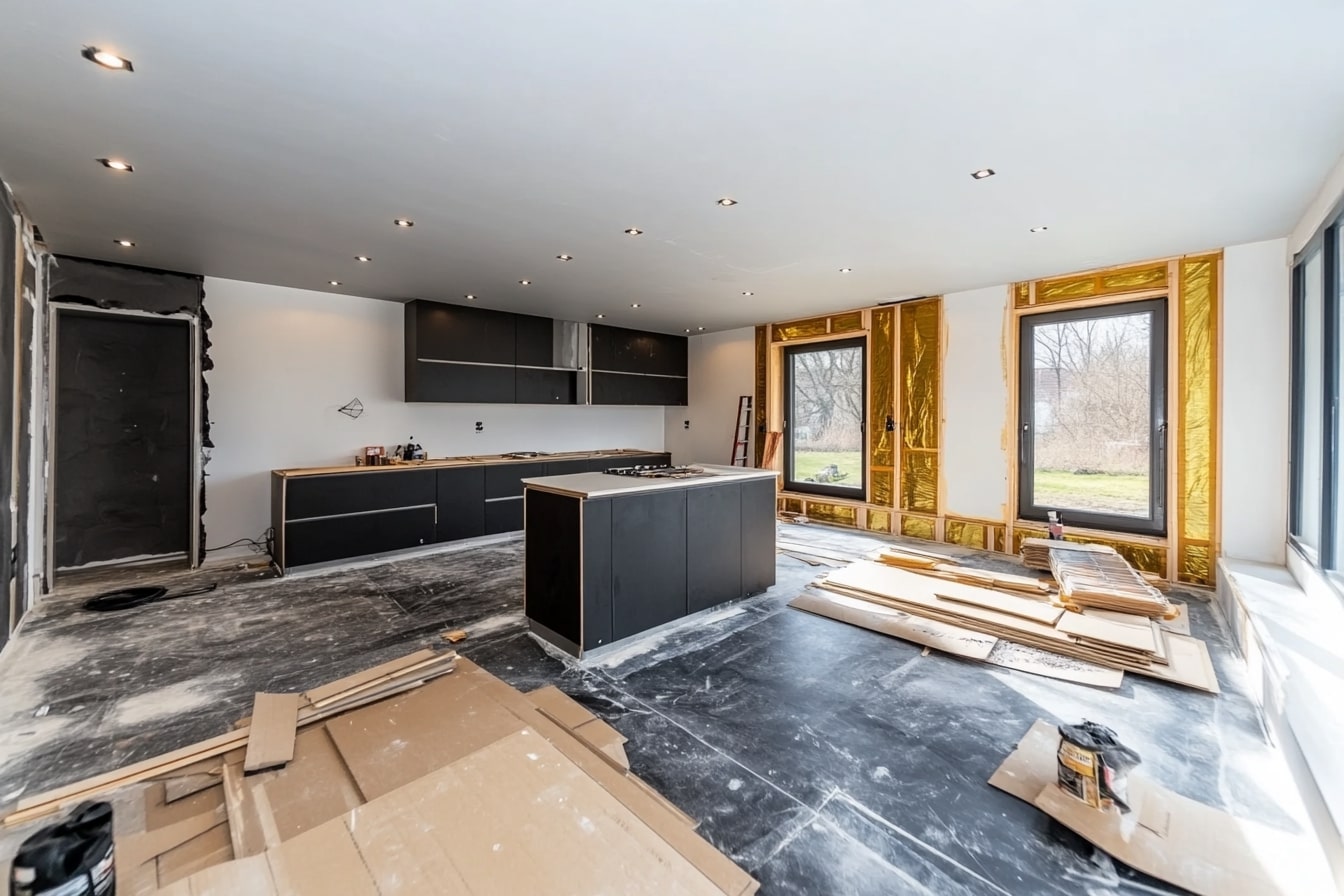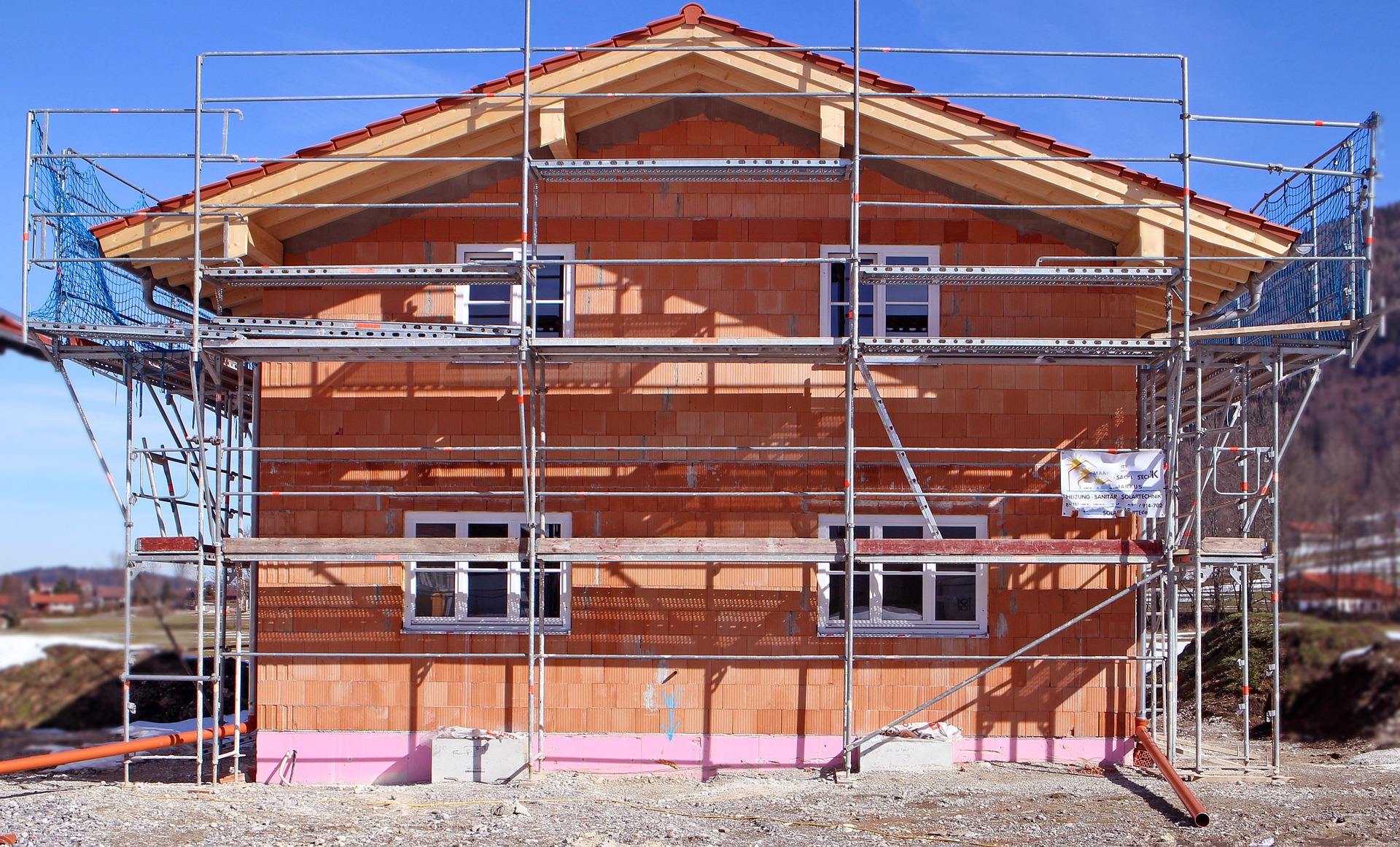Breaking Down the Barriers: The Rising Trend of Co-living in Urban Spaces
In the course of human history, the way we live has continually evolved. From the extended family units in communal settings of our earliest ancestors, to the nuclear family ideal of the mid twentieth century, and more recently, the increase in single-person households. Today, a new trend is emerging, particularly within urban environments - the concept of co-living.

Co-living is a modern, urban living arrangement where residents share living space and a set of interests, values, or intentions. It’s not a new concept, but a modern-day adaptation of the traditional boarding house or commune. However, this time around, it’s driven by different factors and is having unique social and cultural repercussions.
The Genesis of Co-living: A Historical Perspective
To understand the rise of co-living, it’s important to delve into its historical context. Co-living, in essence, is not a new concept. Human beings have always been social creatures. In prehistoric times, living in groups was a survival necessity. Over time, with the advent of agriculture and subsequently, urbanization, our living arrangements evolved, but the essence of community living remained.
In the 1960s and 1970s, in the midst of social and political unrest, communes and collective living arrangements gained popularity, especially among the youth. Today’s co-living trend, however, is driven not by countercultural ideals but by urbanization, escalating housing costs, and the influence of the sharing economy.
The Rise and Significance of Co-living Today
In today’s interconnected world, where people are increasingly transitory and work spaces are becoming more flexible, co-living is on the rise. This phenomenon is particularly prevalent in urban areas, where high rent costs and living expenses make co-living a financially viable option. However, it’s not just about sharing costs. Co-living also addresses issues of social isolation and provides a sense of community within an otherwise impersonal urban environment.
The impact of this trend goes beyond the individual level. Co-living is shaping the way our cities are designed, influencing real estate markets, and challenging traditional notions of home, privacy, and community. As such, understanding the co-living trend is crucial in understanding our evolving societies.
The Cultural Shift towards Shared Spaces
Co-living also reflects a broader cultural shift towards shared spaces and experiences. This shift is largely driven by Millennials and Gen Z, generations known for their openness to new experiences, adaptability, and prioritizing experiences over possessions. For these generations, the idea of owning a home is often less appealing than the flexibility and community offered by co-living arrangements.
This cultural shift is also evidenced in the rise of co-working spaces and the success of sharing economy giants like Uber and Airbnb. Today’s society is increasingly embracing the idea of shared resources, blurring the lines between public and private, and redefining the concept of ownership.
Research-backed Insights on Co-living
Research has shown that co-living can have numerous benefits. Notably, it can help ease feelings of loneliness and isolation, particularly common in urban environments. Furthermore, shared living arrangements can foster social connections and provide a support network, which is increasingly important in today’s fast-paced, often impersonal world.
However, co-living also poses challenges. There are issues of privacy, conflict resolution, and the potential for exploitation in the rental market. As co-living continues to evolve, it will be crucial for policymakers, urban planners, and society at large to address these challenges.
In conclusion, co-living represents a significant shift in the way we live, reflecting wider cultural trends and the realities of urban living. It embodies the growing importance of community, flexibility, and shared experiences in our society. As we continue to navigate the complexities of modern life, co-living offers an intriguing glimpse into the future of urban living.




